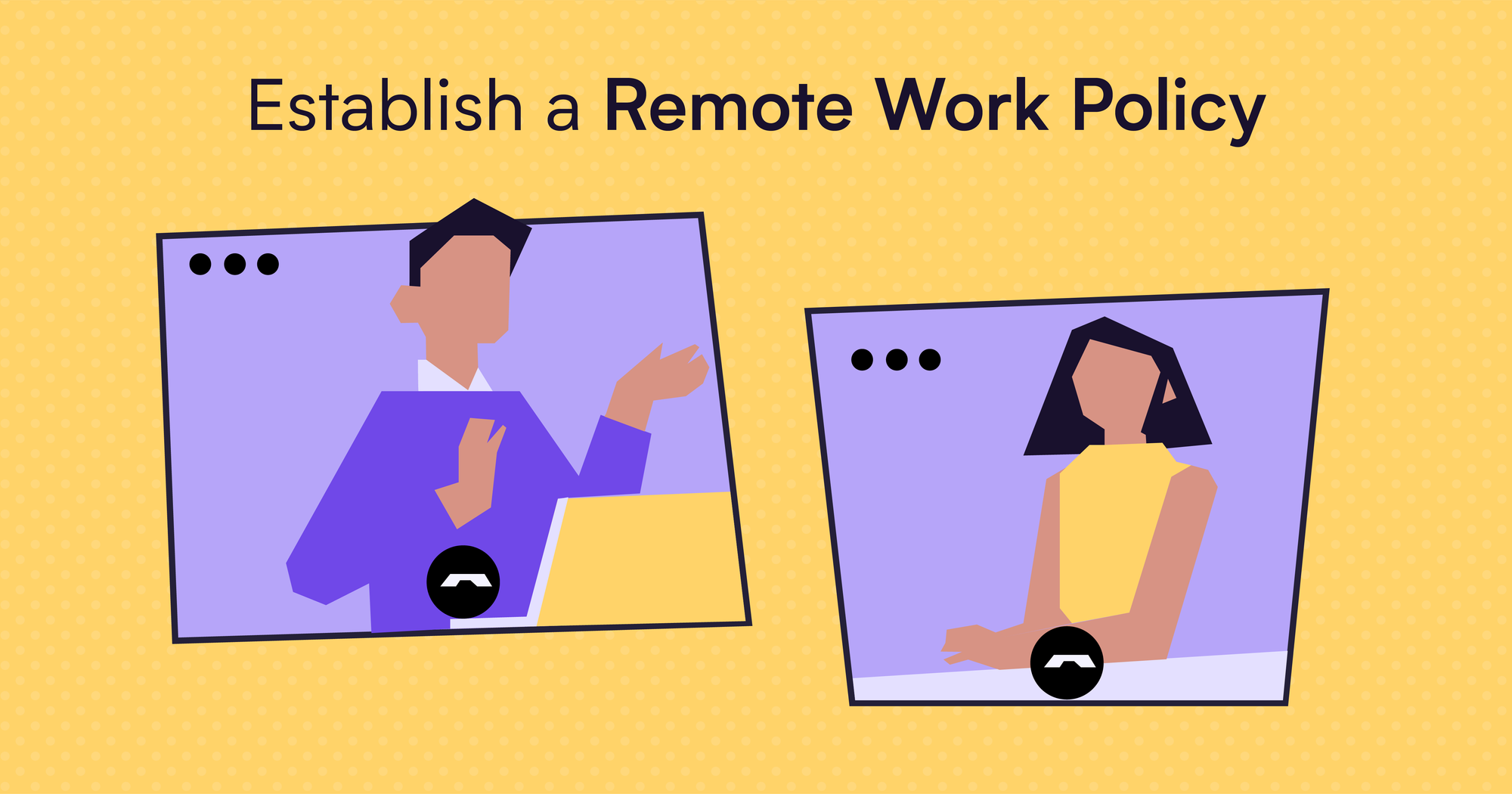How to delegate effectively?

Remember your school relay race?

Runners sprinted on the track, passing the baton to the next person to complete the race. And if your team ran fast, you won the race. Hurrah!
That’s what delegation is.
You pass the baton (task) to a team member to complete it. It helps to get the work done fast. Or because it’s better suited to their interests. Or to help employees develop their skills.
The benefits don’t stop here.
Other benefits of delegation:
a) Gives you time to focus on more important tasks.
b) Increases productivity of the team.
c) Employees gain new skills and expertise.
d) When you delegate, it signals you trust your co-workers. This establishes trust between the company. Plus, it improves team bonding and creates a work culture.
e) Improves work satisfaction of workers and gives them a sense of achievement.
f) Improves communication of the team.
g) Reduces overwork and burnout.
But, despite the overwhelming benefits, studies show, 46% of the companies worry about the worker’s delegation skills. Employees feel guilty about asking for help and don’t understand when to delegate. Or how to delegate.
Luckily, like every skill, you can learn delegation and hone it. In this article, I’ll tell you 10 tips on how you can delegate effectively.
Let’s begin!
1. Know what and when to delegate

Just because you can delegate, you shouldn’t delegate every task. For example, feedback sessions. It’s important to distinguish between which tasks you should delegate and which you shouldn’t.
Author and career coach Jenny Blake recommends “conducting an audit” of your daily tasks. Use the six T’s “to determine what tasks make the most sense to offload:”
a) Tiny: Tasks that seem small, but add up. These are tasks you can outsource: scheduling meetings, booking tickets, or following up on someone.
b) Tedious: These are boring and repetitive tasks that don't demand creativity. Anyone with little skill can do it. Example: updating KPIs in your spreadsheet or collecting lead information for marketing purposes.
c) Time-consuming: These are recurring tasks you do daily for your work. In these tasks, “you can easily step in when the task is 80% complete and give approval, oversight and/or direction on next steps.”
d) Teachable: Is there something you can outsource to the intern (or lower level employees) that will grow and develop their skills, plus get the work done? Teach the person how to do it.
Example: Teaching someone how to draft a presentation for the monthly update.
Teaching does take time, and you might think, “instead, I’ll do it myself to save time.” Avoid this. Every time you do it, it will cost you a lot of time. So spend some time, in the beginning, to save 10X the time in the future.
e) Terrible at: These are tasks you aren’t well versed with. It will take you 3X the time against someone well qualified for the job.
Example: Suppose you’re not good at graphic designing. If you do it, it will take you 2 hrs, plus it will be average. Delegate the task to the graphic designer in your team. They’ll design the visual in 30 minutes, and it will be much better.
f) Time-sensitive: These tasks compete with other tasks but are on a high priority list. Find someone who has the same context around the task, “so that it can be done in parallel to your other project-based deadlines.”
2. Pick the right person
Playing to your employees’ strengths is crucial in delegating (Know your colleagues’ strengths and weaknesses). Don’t delegate tasks to an unqualified person. Or to someone who themselves has plenty on their plate.
The ideal fit is someone who likes the work, is good at it, and has time for the task. Explain to the person why you’re delegating the task.
3. Set the expectations
Don’t let the person guess what he needs to do and what he should avoid. If there’s a chance it can be misinterpreted, it will always be. Let him know the scope of the work. Provide relevant context around it.

Here’s how:
a) Explain your desired outcome - what you’re trying to achieve with the task?
b) Give proper instructions on what exactly you want the person to do.
c) Explain what good work looks like.
d) Tell how the task success will be measured.
e) Provide a deadline for the project (including where to submit the work, e.g. via email. On Slack, or WhatsApp?).
Pro Tip: If you’re working remotely, send a loom video to the person explaining the above terms.
4. Provide resources and training
Ensure the person you’re delegating the task to has all the tools and the resources to complete it. Setting someone to figure everything on their own will waste both of your time. You’ll then likely have to do the task all by yourself.
You don’t want that, do you?
So arm the person with the right tools for the task. If it’s needed, educate them on how to use the tool. Or best, you can direct them to tutorials they can learn from.
Provide them the freedom to invest in any resources that might help them to complete the task. If it’s required, give a budget to them.
5. Entertain questions
The person (you're delegating to) might not have the same breadth of knowledge of the task as yours. So it’s your responsibility to be patient with them. Encourage them to ask questions before they proceed to work. Clear all their doubts.
Fix a communication channel for both of you to communicate. The person can use it to ask questions in-between and to update their progress.
6. Delegate authority
Don’t micromanage in the name of providing instructions. Avoid controlling the work end-to-end, checking over every few hours, and telling them to follow your method. That’s setting the person up for failure.
Delegating authority and flexibility is as important as delegating responsibility. Create a culture where the person is in control of the work. They should feel safe to make independent decisions and follow their method.
Encourage the person to take risks and make mistakes without the fear of judgment. This builds trust and will allow the person to experiment.
7. Check the work
Fix a day to review the task before the final submission. So there’s time to apply the changes. While reviewing, remember, that the work won’t be done as you expect.
Allow for failure and be open to new approaches. Don’t nitpick every detail. Focus more on the end goal (Is the goal achieved?) rather than how it is done. This will help you in delegating better.
After reviewing the task, ask for edits.
8. Provide feedback

After the final submission, provide concrete feedback. Let the person know how they fared. This will help them to do the task better next time.
Tell them the good part they should continue to do. But, don’t hesitate to offer criticism. Explain what they should avoid and things they can do better henceforth.
9. Give the due credits
Show a genuine appreciation to the person. Recognize their efforts in a team meeting. Or send a personal “Thank You” video or email. This will motivate them to work harder when handling the task going forward.
You can even offer financial rewards. Perks like a ticket to their favorite offline event. Or a food packet. Or even an opportunity to work on a big project.
10. Take feedback
It’s essential that you ask for feedback, too.
Start with these questions:
a) Was I clear in providing the details of the project?
b) What can I do better next time to make your work easy?
c) What should I avoid when delegating?
The person will appreciate this. They will let you know if there’s anything you can do to improve your delegating. Plus, this will strengthen team bonding.
Delegate like a pro
Delegation sounds hard until you do it. You won’t master it the first time. But, you’ll become better over time. And If done well, you’ll increase productivity, establish trust with your employees, and help them build their skills. This will ultimately benefit you, your employee, and your company.
So get started with these 10 delegation tips.





